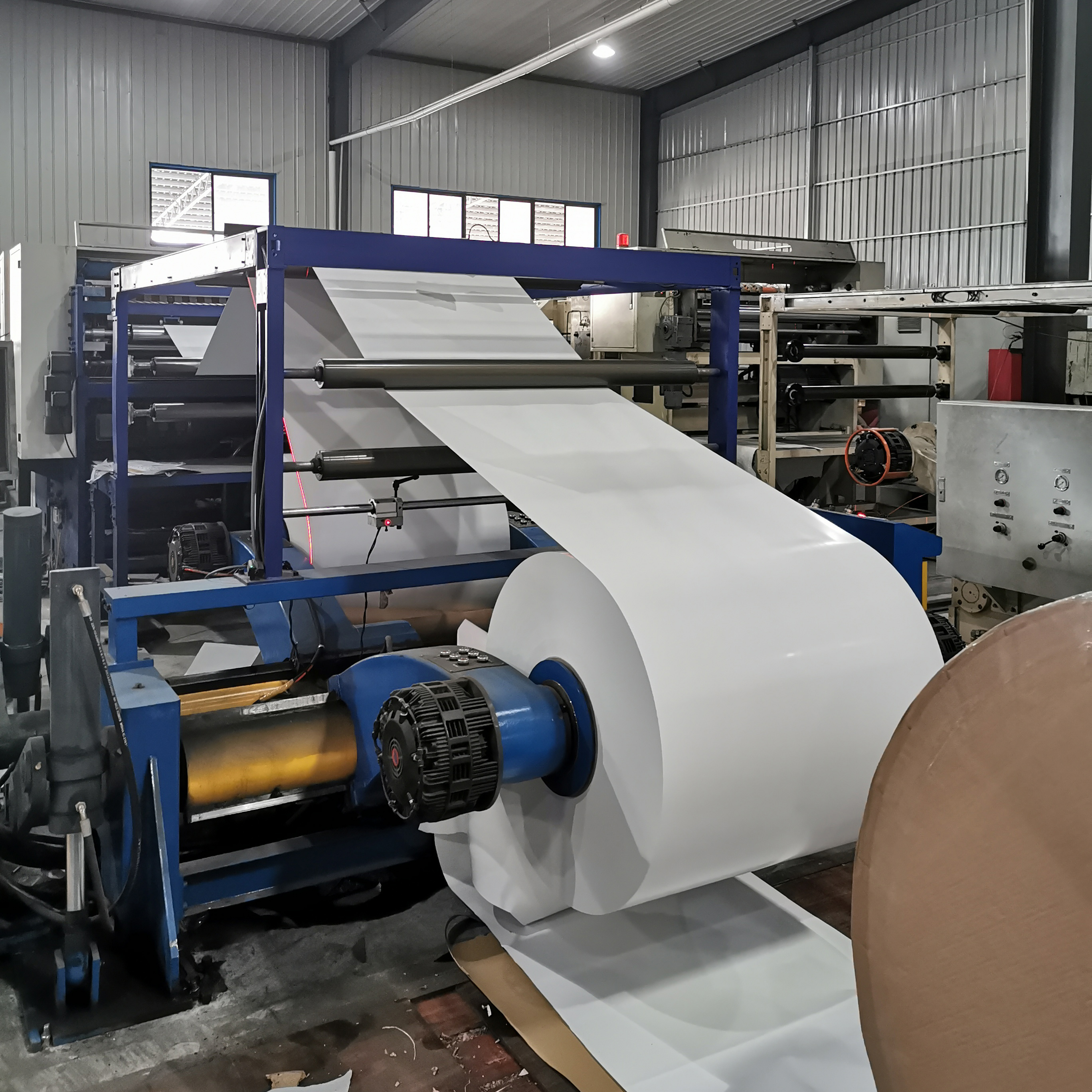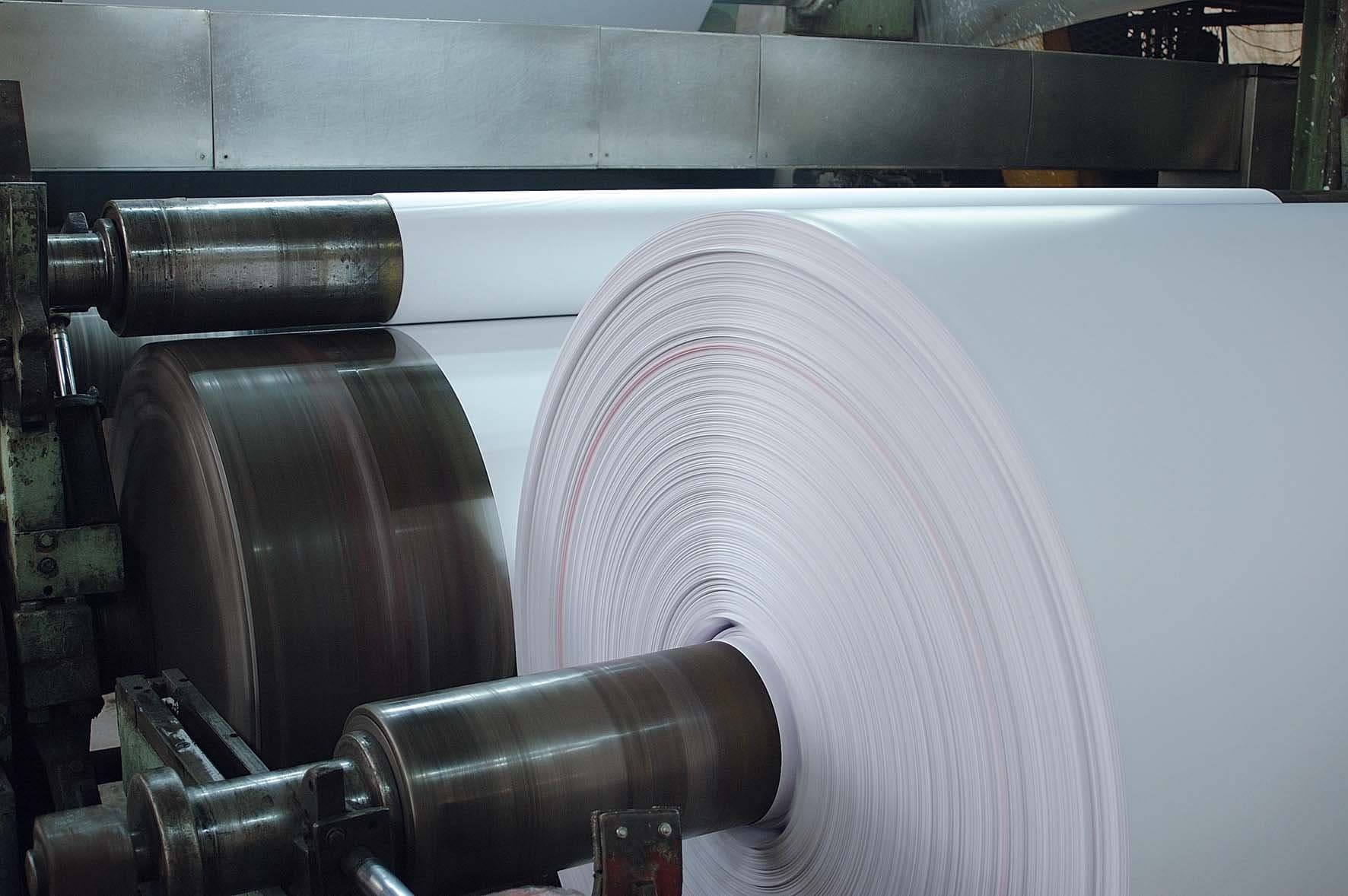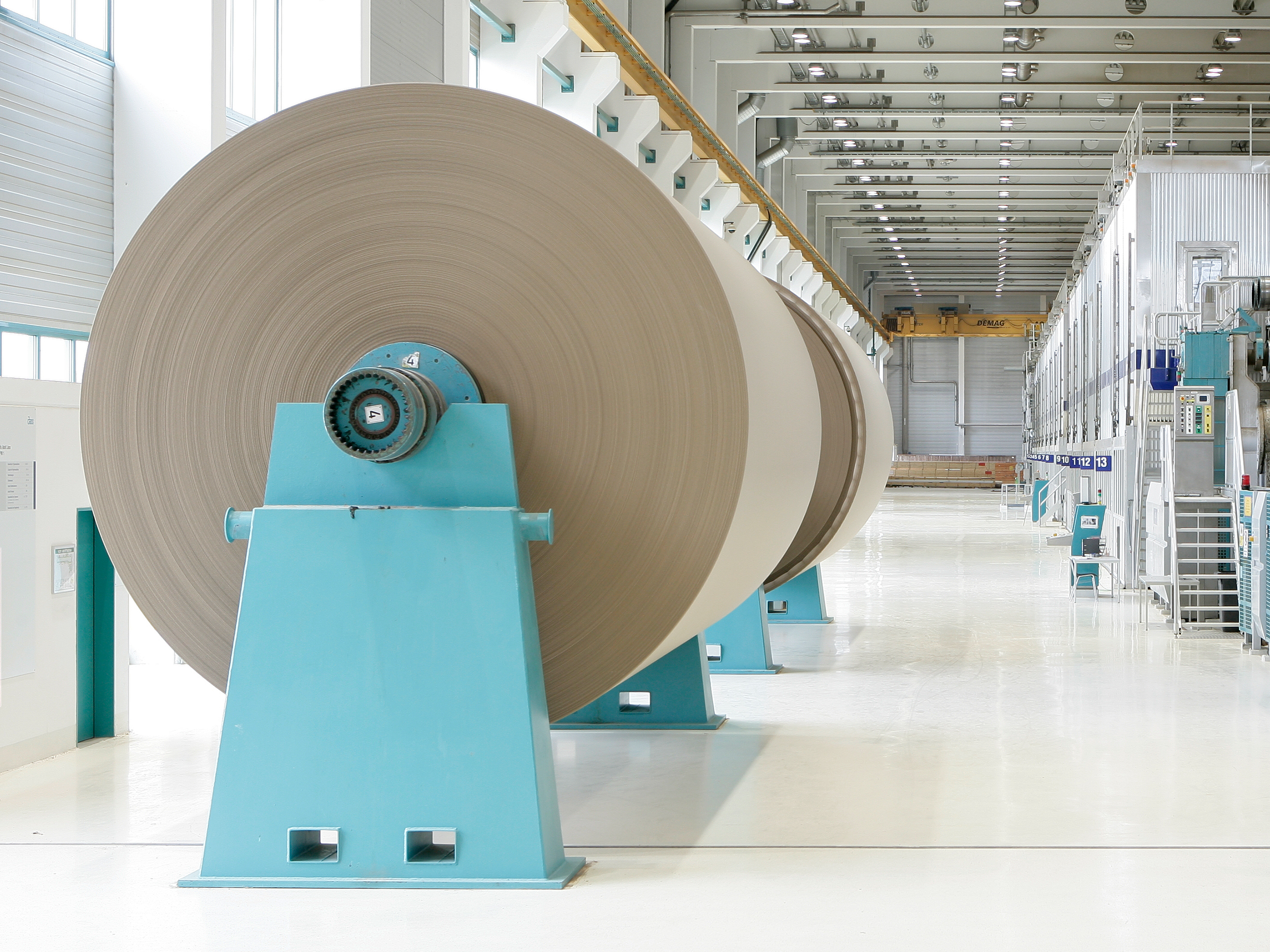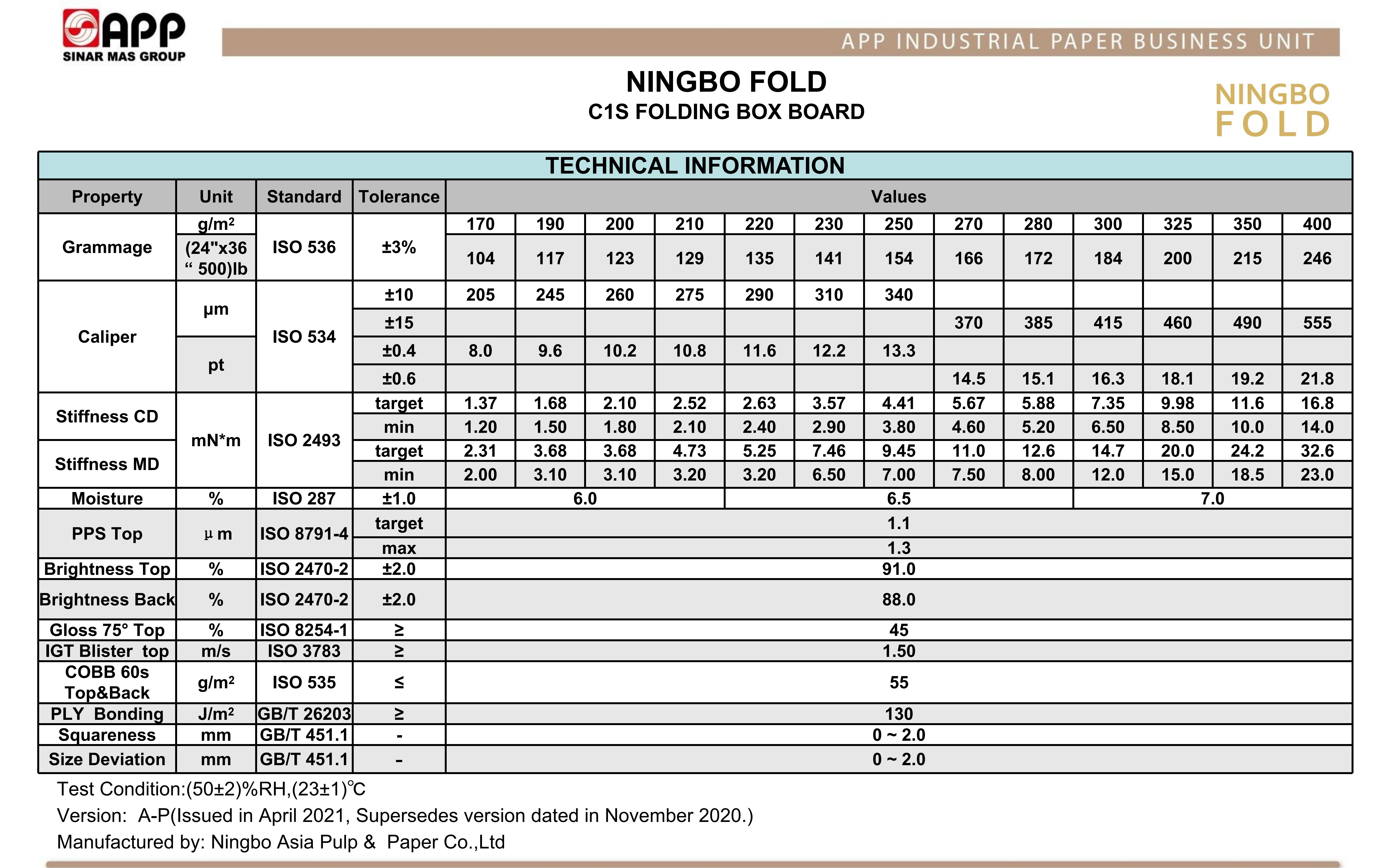1:Quantitative- GSM
Quantitative, commonly known as gram weight, refers to the weight of paper per unit area, generally expressed in grams per square meter.
Quantitative is the most basic physical index of paper. Its level and uniformity affect all the physical, mechanical, optical, and printing properties of paper. Quantitative is the most basic quality index of paper and cardboard. Because most paper is sold by weight. The basis weight refers to the weight per unit area, generally expressed in grams per square meter of paper. And we generally use the area of the paper page when we use paper.

2:Moisture
Moisture refers to the ratio of the weight loss to the original weight when the paper and cardboard are dried to a constant weight at 100-150°C, expressed as a percentage.
Moisture is an important indicator for detecting paper. The product standard of any paper has provisions on the percentage of moisture. This is because the main component of paper is cellulose. The relationship between fiber and water is the most important relationship in papermaking. The moisture content of a single fiber affects fiber strength, cotton tenacity, and sheet forming performance. The moisture of the paper affects the weight, strength, durability, specification stability, ink acceptance, finishing, softness, and the overall printing performance and electrical performance of the paper. Therefore, moisture is an important indicator of paper.

3:Ash
Ash refers to the ratio of the weight of the residue of paper or cardboard after burning to the weight of the absolute dry sample, expressed as a percentage.
The ash content of paper and cardboard is mainly based on the number of impurities in the paper, generally 0.1-0.9%. The ash content of sizing substances and mineral pigments is only a small part of the total ash content of the paper.
4:Thickness
Thickness indicates the thickness of the paper.
A micrometer is used to measure the thickness of the paper under a certain area and a certain pressure. The general pressure is 980 kPa. Generally, the thickness of a batch of paper or cardboard is required to be consistent, otherwise, the thickness of the finished product will be inconsistent. Tightness refers to the weight of paper and cardboard per cubic centimeter. The result is expressed in grams/cm3. Tightness=quantity/thickness.
5:Tightness
Tightness refers to the weight of paper and cardboard per cubic centimeter. The result is expressed in grams/cm3.
Tightness is a measure of the tightness of the paper or cardboard structure and is the basic property of paper and cardboard. It is closely related to the porosity, absorbency, rigidity, and strength of paper. And it affects the optical properties, printing properties, and physical properties of paper and cardboard.

6:Smoothness
Smoothness refers to the time required for a certain volume of air to pass through the gap between the sample surface and the glass surface under certain pressure under a certain degree of vacuum, expressed in seconds.
The smoothness is determined by the surface condition of the paper. If the paper surface is uneven, the smoothness of the paper is very poor.
7:tensile strength
Tensile strength refers to the tension that the paper or cardboard bears.
It is usually expressed in terms of absolute tensile strength: the tensile strength of a sample with a certain width (Newtons); or expressed in terms of breaking length: the paper length (meters) required for a certain width of paper to break the paper under the action of its own gravity. ); or expressed with the tensile force of the transverse section; that is, expressed by the tensile force of the unit cross-section of the sample (Newton/m2). Tensile strength is one of the important parameters in physical properties. It is another basic test.
8:Folding resistance
Folding resistance refers to the number of reciprocating folds that paper and cardboard can withstand 180° under a certain tension. The number of folds back and forth is indicated.
Folding resistance indicates the ability of the paper to withstand soft folding.

9:Vertical and horizontal directions of paper and cardboard
The paper has a certain direction, and the longitudinal direction refers to the direction parallel to the running of the paper machine. Because the fiber arrangement mostly follows the direction of the paper machine, and the paper bears greater traction in this direction. Landscape refers to the direction of the paper and the paper machine running perpendicular to the same direction.
When measuring various physical properties and optical properties, the orientation of the paper must be considered. The tensile strength and flexural strength are greater in the longitudinal direction than in the transverse direction. The degree of tear is large laterally. When measuring the optical properties of paper, for example, the whiteness of the vertical direction is lower than that of the horizontal direction. The paper requires greater longitudinal tensile strength (cable paper and paper rope paper).
10:whiteness
The whiteness of paper or paper refers to the reflectance of white or nearly white paper or paper surface to reflectance, which is expressed in comparison with the reflectance of the surface of a magnesium standard plate with a microscope.
Whiteness is a requirement for all white papers and some processed light-colored papers. Whiteness is specified according to the requirements of use, and whiteness is particularly important for printing paper and writing paper. But with different uses. The requirements for whiteness are also different. In particular, gravure printing paper, white cardboard, special grade tissue paper, and other papers require whiteness above 90%. Offset printing paper, bond paper, high-grade writing paper, painting newspapers, high-grade typing paper and other papers require whiteness of 80% Above, relief printing paper, general writing paper, and glossy paper require a whiteness of between 60 and 70%, and newsprint requires a whiteness of 45 to 50%. For the paper for printing pictorials, fine art pictures, etc., a higher degree of whiteness is required, while for the paper for printing books and magazines, the whiteness should not be too high.
And after reading this, do u know if the below paper is good quality or not?

Post time: Sep-17-2021


